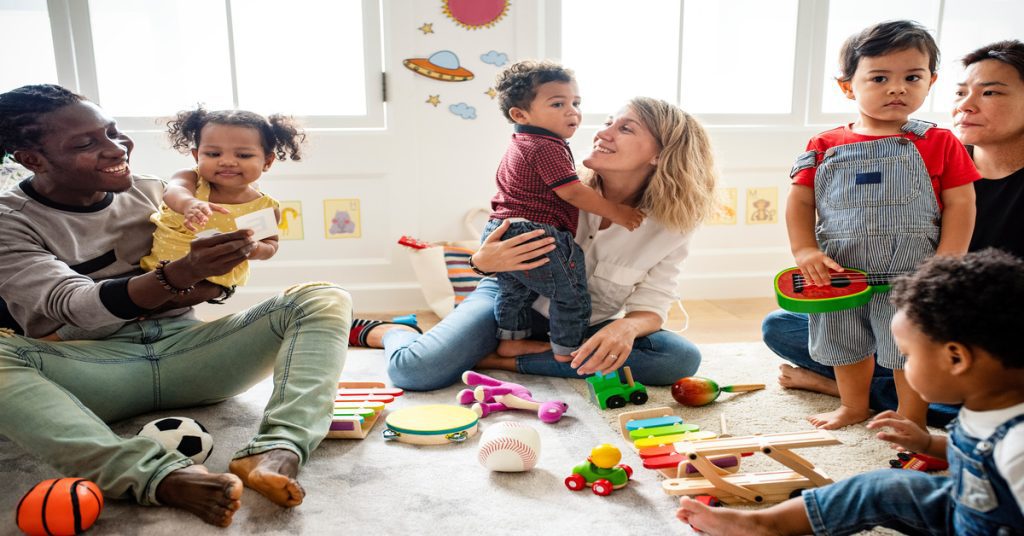Think about a time your child comforted a friend or tried to help solve a problem. Those little moments are the first steps on the path to empathy. Teaching kids to relate to others is one of the greatest gifts we can give as parents. It shapes their confidence, kindness, and ability to connect in meaningful ways. Empathy might seem like a big idea, but children can begin to understand it early on. At its heart, empathy is seeing the world through someone else’s eyes. One of the best ways to nurture it is with teamwork. That’s why we’ll teach you how easy it is tocreate collaborative activities that teach children empathy.
Teamwork Builds Perspective
Whenever kids join forces on a project, they learn quickly that everyone brings different ideas to the table. Sharing ideas turns into a chance to understand new perspectives. Learning to listen and compromise builds patience and creativity, and these skills set them up not just for childhood friendships but life as an adult, too.
Picture siblings building a block tower. One argues for blue blocks, while the other insists on red. To build the tower together, they both have to talk, hear each other out, and make decisions together.
Working through these tiny negotiations is practicing empathy in real time. Children start to value each other’s opinions and realize their way isn’t always the only way. These lessons stick with them far beyond playtime.
Shared Goals Foster Connection
Working toward a common goal brings kids together. Whether it’s a family board game night or a group art project, these moments bond children in ways that last. Along the way, they learn to trust each other and celebrate victories together.
Shared experiences help kids see their peers as teammates rather than rivals. They cheer for each other, jump in to lend a hand, and learn that supporting others can feel just as good as winning. When children support one another, they’re laying the groundwork for empathy and lasting friendships.
Activities Encourage Communication
Collaboration and communication go hand in hand. When kids work together, they get plenty of chances to speak up, listen, and even “read the room.” They start recognizing other people’s feelings, just by picking up on body language and tone.
Here are some easy, everyday activities where your child can practice empathy.
- Build a blanket fort as a team.
- Tackle a puzzle together as a family.
- Cook a favorite recipe side by side.
- Create a story, with everyone adding a line or two.
Each activity offers a fun way to talk, take turns, and share ideas. And thoughtful planning, like choosing sensory-friendly games or creating clear activity schedules, makes sure all kids can join the fun and feel included.
Creating collaborative activities that teach children empathy comes down to giving kids real chances to walk in someone else’s shoes. It’s not lectures or lessons that stick; it’s working and laughing together. When children team up, they’re not just creating art projects or building forts. They’re building understanding, one shared moment at a time.






